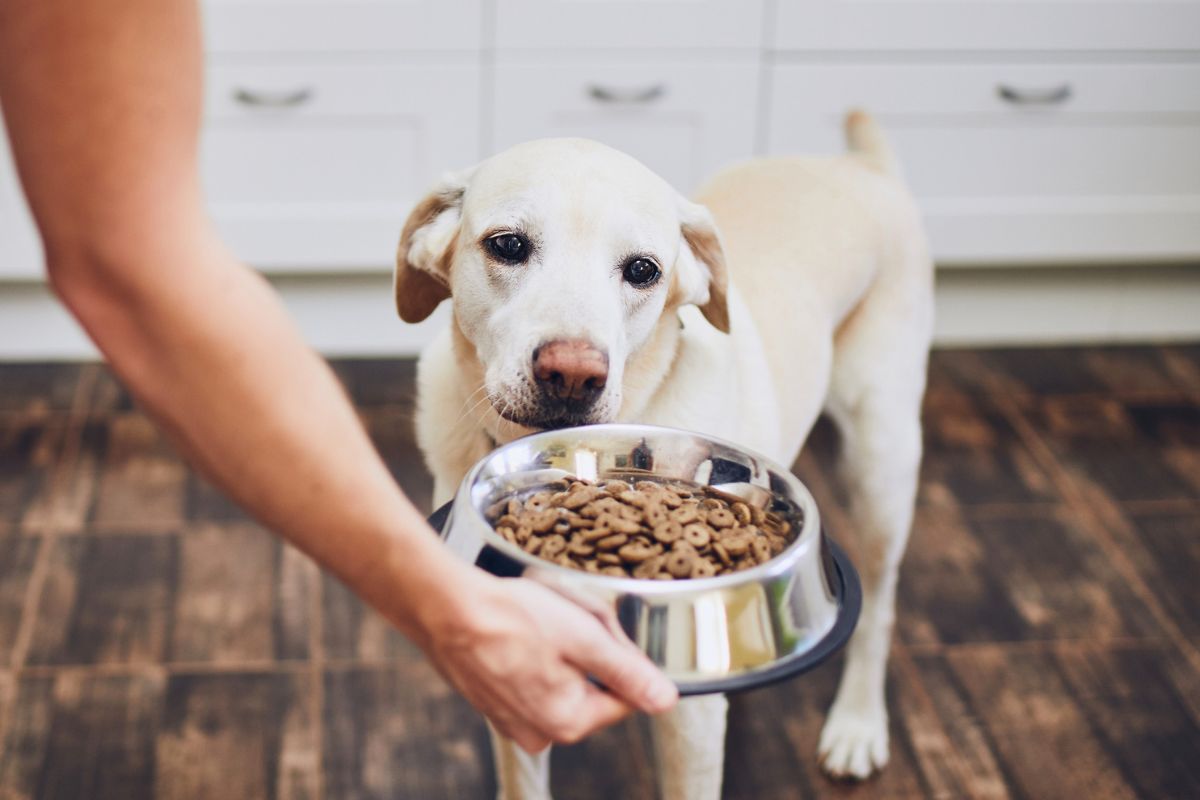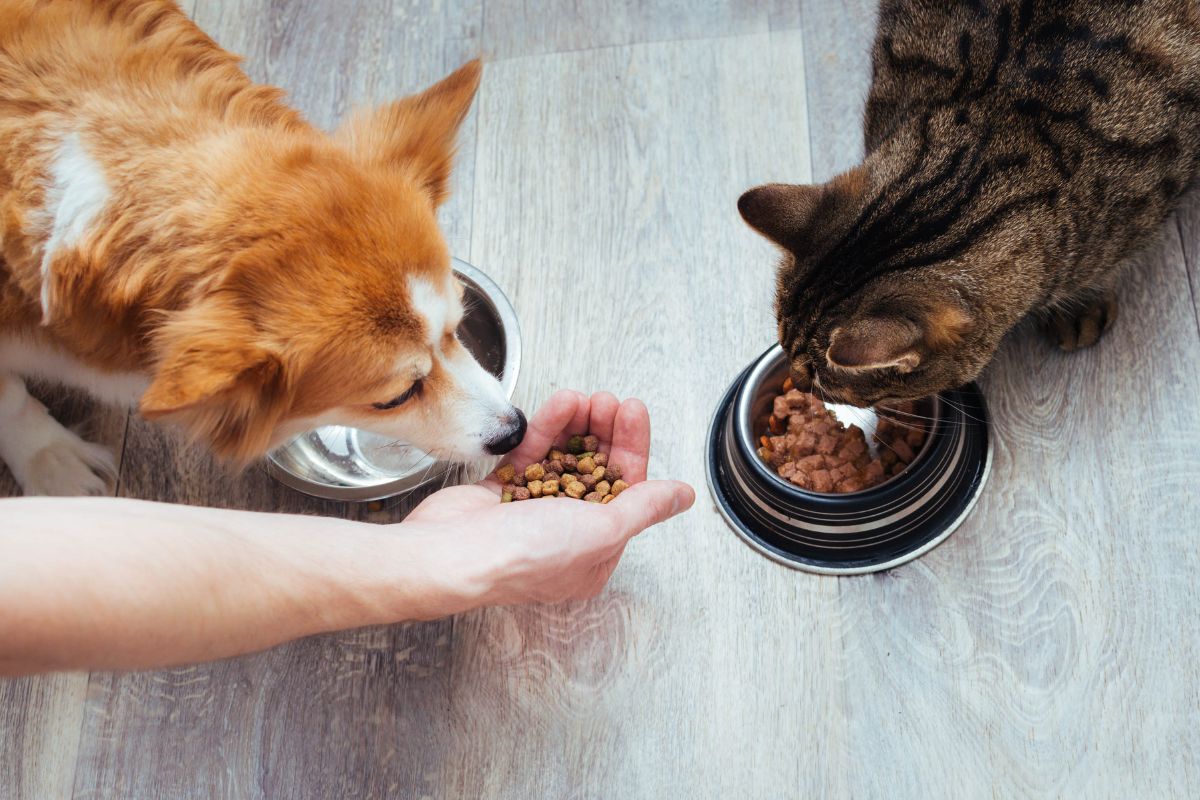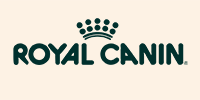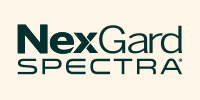As devoted pet parents, we want nothing but the best for our canine companions – and that begins with providing them with the right nutrition. Whether they’re bouncing with puppy energy or relaxing into their senior years, knowing what gets their tails wagging at mealtime is key.
In this guide, we’ll dive into the world of dog nutrition, uncovering everything from essential nutrients to feeding routines and weight management strategies to keep your furry friend feeling paws-itively fabulous at every stage of life.
Essential nutrients for dogs
Just like humans, dogs need a balanced diet to stay healthy and happy. Proteins, carbs, fats, vitamins, minerals and fatty acids are the building blocks that keep them bounding with energy and vitality.
- Proteins are the muscle-makers, helping them grow, repair, and stay strong. Think lean meats, fish, poultry and eggs – the good stuff that keeps them feeling their best.
- Carbs are their fuel, powering their playtime and brainpower. Whole grains like brown rice and oats keep their energy levels steady, while fruits and veggies add a tasty twist to their meals.
- Healthy fats, like omega-3s and omega-6s, keep their coats glossy and their joints healthy. Fish oil, flaxseed, and olive oil are their best buddies in the fat department.
- Vitamins and minerals are the unsung heroes, keeping everything from their bones to their immune systems in top-notch condition. Load up on fruits, veggies, and whole foods to keep them feeling their freshest.
Nutritional needs for each lifestage
As dogs progress through life, their nutritional requirements evolve to meet the changing demands of their bodies. Here’s a closer look at the specific nutrition needs at different life stages.
Quick links:
What should I feed my puppy? What should I feed my adult dog? What should I feed my senior dog?
What should I feed my puppy?
Puppies are bundles of energy, growing and developing at a rapid pace. During this critical stage, puppy nutrition should revolve around a diet rich in proteins, fats, vitamins and minerals to support healthy growth and development. Choose puppy-specific foods that provide higher levels of protein and essential nutrients tailored to their needs. These puppy foods promote strong bones, muscles and immune systems, setting them up for a lifetime of good health.
Puppies require frequent, smaller meals to support their rapid growth and high energy levels. Generally, pups should be fed three to four times a day, with portion sizes appropriate for their age, size and breed.
As they grow into adolescence their metabolism will begin to slow down – along with their rate of growth – and the number of meals can gradually decrease to twice per day. Active dogs may require more than two meals per day; however, it’s likely that if you continue to feed your adolescent dog the same amount they ate as a puppy they will become overweight.
What should I feed my adult dog?
Once dogs reach adulthood, typically around 18 months of age, their nutritional needs stabilise. A balanced diet that maintains muscle mass, supports energy levels and promotes overall wellbeing is essential. Look for adult dog foods that provide a balance of proteins, carbohydrates and fats, along with essential vitamins and minerals.
The frequency and quantity of meals for adult dogs can vary based on factors such as size, breed, age and activity level. Generally, adult dogs are fed 1–2 times a day, with portion sizes tailored to maintain a healthy weight. It’s essential to follow feeding guidelines provided by your vet or the dog food manufacturer.
When it comes to the types of foods, look for dog foods that list a protein source – such as meat, poultry or fish – as the main ingredient. Avoid foods with excessive fillers or artificial additives. Some owners choose to feed their dogs commercial dry or wet food, while others opt for homemade or raw diets. It’s essential to choose a diet that meets your dog’s nutritional needs and suits their preferences and any dietary restrictions they may have.
What should I feed my senior dog?
As dogs enter their golden years, usually around seven years of age, their nutritional needs change once again. Senior dogs may require fewer calories to maintain a healthy weight, but their need for certain nutrients, such as protein and joint-supporting supplements, may increase.
Switch to senior-specific dog foods designed to support aging bodies and promote joint health, cognitive function and immune support. These foods typically contain lower calorie levels, higher levels of joint-supporting ingredients like glucosamine and chondroitin, and antioxidants to combat age-related cellular damage.
Senior dogs have different nutritional needs compared to puppies and adult dogs, so their feeding schedule and diet should be adjusted accordingly. Generally, senior dogs should be fed smaller, more frequent meals to accommodate their slower metabolism and potential dental issues. It’s recommended to feed senior dogs 2–3 times a day, with portion sizes tailored to their size, weight, and activity level.
When it comes to the types of foods, look for senior-specific dog foods formulated to support joint health, maintain muscle mass and promote overall wellbeing. Additionally, senior dogs may benefit from softer or more easily digestible foods, especially if they have dental problems or gastrointestinal issues. Wet or canned dog food can be a good option for senior dogs who struggle to chew dry foods. As always, it’s important to speak with your vet to determine the best diet and feeding schedule for your senior dog based on their individual health needs and preferences.
Choosing the right nutrition: quality is key
When it comes to picking the perfect food for your pooch, quality is everything. Look for foods that are complete and balanced, specifically designed to meet their needs at every stage of life. Seek out brands that care about what goes into their food and have the credentials to prove it.
Establishing healthy eating habits: mealtime magic
Creating a positive mealtime routine is essential for keeping your dog’s appetite in check. Start with smaller meals for pups to keep their energy levels up, then switch to a twice-daily schedule as they grow. Interactive feeding tools, like food puzzles or slow feeder bowls, add an extra element of fun to mealtime and keep them from gobbling down their food too fast.
Maintaining a healthy weight and lifestyle: balance is best
Keeping your dog at a healthy weight is crucial for their overall wellbeing. Regular exercise, portion control and a balanced diet are the keys to success. It’s important to know if your dog is overweight and take steps to adjust their diet and exercise routine as needed to keep them in tip-top shape.
Are there any foods that I can’t feed my pet?
When it comes to feeding your furry friend, there are some foods you definitely want to steer clear of. Things like chocolate, grapes, onions, garlic, and xylitol (that’s a sweetener you find in sugar-free food) can be seriously bad news for dogs. And let’s not forget about mushrooms, avocado, alcohol, macadamia nuts, cooked bones, dairy products and fatty foods. These can all cause anything from tummy troubles to major health issues in our four-legged pals. So, it’s always best to play it safe and stick to dog-friendly treats and snacks.
Conclusion: nourishing your best mate
Feeding your furry mate a nutritious diet is one of the best ways to show them you care. With the right food, feeding routine and lifestyle, you can ensure your pet stays happy and healthy for years to come.
To help you navigate your pet’s healthcare journey at every stage of their life, book an appointment with your vet.








